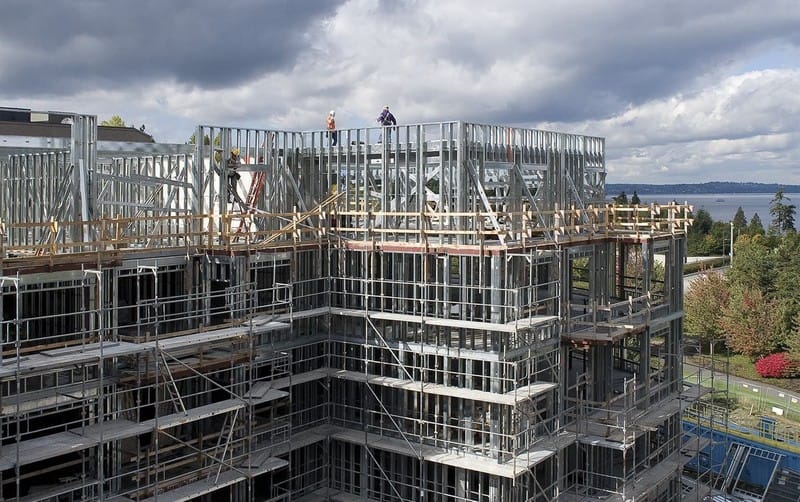Sustainable materials for structural building are becoming increasingly important in the effort to reduce carbon emissions and reduce resource depletion. Sustainable materials offer a path to greener, more resilient structures. In this article, we’ll explore some of the most innovative sustainable materials being developed for structural building, outlining their advantages and potential applications.
1. Wood:
Wood has a long history of being used in construction. Its beauty and versatility make it an ideal building material. But with advances in technology, wood has become even more sustainable. For example, engineered wood products such as CLT (Cross-laminated Timber) and LVL (Laminated Veneer Lumber) have high strength to weight ratios and are sourced sustainably from forests. These wood products reduce carbon dioxide emissions and consume less energy than traditional building materials such as concrete and steel
2. Bamboo:
Another sustainable material that is becoming increasingly popular in structural construction is bamboo. Bamboo is one of the fastest-growing, most renewable, and strongest building materials on the planet. Its natural characteristics make it perfect for use in beams, columns, or even entire frames. Not only is bamboo sustainable, but it is lightweight, flexible, pest-resistant, and fire-resistant, making it a great alternative to traditional building materials.
3. Recycled Materials:
One of the most important aspects of sustainable construction is the recycling of construction waste and the repurposing of materials. For instance, recycled steel maintains its structural strength while decreasing the need for virgin steel to be produced. Similarly, concrete aggregates that have been recycled can be used in new concrete mixes, reducing the need for raw materials extraction and landfill waste. By incorporating recycled materials into construction projects, builders can significantly reduce their environmental footprint.
4. Rammed Earth:
Rammed earth construction is the process of compacting layers of soil or earth into strong walls and foundations. Rammed earth construction is a centuries-old building technique that’s seen a resurgence in recent years due to its sustainability benefits and its high thermal mass properties. Rammed earth structures are long lasting, energy efficient, and require minimal raw material processing. With the right design and construction methods, rammed earth structures can stand the test of time for hundreds of years, making it a sustainable choice for structural building.
5. Hempcrete:
Hempcrete is a bio-composite material made from the inner woody fibres of the hemp plant mixed with lime and water. It’s lightweight, breathable, and offers excellent thermal insulation properties. Hempcrete is also carbon-negative, as the hemp plants absorb more carbon dioxide during growth than is emitted during production and construction. While still relatively niche, hempcrete shows promise as a sustainable alternative for non-load-bearing walls and insulation panels.
6. Straw Bale:
Straw bale construction involves stacking bales of straw to form walls, which are then plastered for stability and weatherproofing. It’s a low-cost, energy-efficient building method that utilises agricultural waste as a building material. Straw bale buildings offer excellent insulation and soundproofing properties and can be adapted to various architectural styles. With proper design and detailing, straw bale structures can meet building code requirements and provide comfortable, sustainable living spaces.
7. Structural Insulated Panels (SIPs):
SIPs are prefabricated panels consisting of a foam core sandwiched between oriented strand board (OSB) or plywood skins. They offer high thermal insulation, air tightness, and structural strength, reducing energy consumption and greenhouse gas emissions over the building’s life cycle. SIPs can be used for walls, roofs, and floors, providing a versatile and sustainable alternative to traditional framing methods.
Incorporating sustainable materials into structural building projects requires careful consideration of factors such as performance, durability, and cost-effectiveness. Structural consultants in Bangalore play a vital role in advising on the selection and implementation of sustainable materials. By leveraging their expertise and staying abreast of emerging trends and technologies, structural consultants can help drive the adoption of sustainable building practices, creating healthier, more resilient, and environmentally friendly built environments for future generations.



